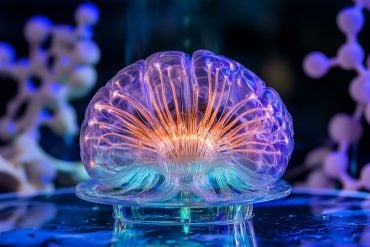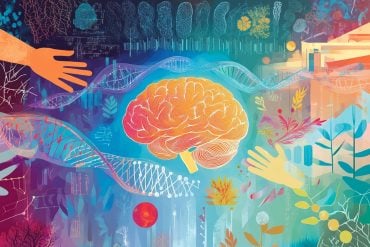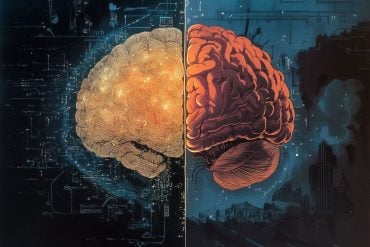Researchers advocate for more scientific research on consciousness.
Why does a relentless stream of subjective experiences normally fill your mind? Maybe that’s just one of those mysteries that will always elude us.
Yet, research from Northwestern University suggests that consciousness lies well within the realm of scientific inquiry — as impossible as that may currently seem. Although scientists have yet to agree on an objective measure to index consciousness, progress has been made with this agenda in several labs around the world.
“The debate about the neural basis of consciousness rages because there is no widely accepted theory about what happens in the brain to make consciousness possible,” said Ken Paller, professor of psychology in the Weinberg College of Arts and Sciences and director of the Cognitive Neuroscience Program at Northwestern.
“Scientists and others acknowledge that damage to the brain can lead to systematic changes in consciousness. Yet, we don’t know exactly what differentiates brain activity associated with conscious experience from brain activity that is instead associated with mental activity that remains unconscious,” he said.

In a new article, Paller and Satoru Suzuki, also professor of psychology at Northwestern, point out flawed assumptions about consciousness to suggest that a wide range of scientific perspectives can offer useful clues about consciousness.
“It’s normal to think that if you attentively inspect something you must be aware of it and that analyzing it to a high level would necessitate consciousness,” Suzuki noted. “Results from experiments on perception belie these assumptions.
“Likewise, it feels like we can freely decide at a precise moment, when actually the process of deciding begins earlier, via neurocognitive processing that does not enter awareness,” he said.
The authors write that unconscious processing can influence our conscious decisions in ways we never suspect.
If these and other similar assumptions are incorrect, the researchers state in their article, then mistaken reasoning might be behind arguments for taking the science of consciousness off the table.
“Neuroscientists sometimes argue that we must focus on understanding other aspects of brain function, because consciousness is never going to be understood,” Paller said. “On the other hand, many neuroscientists are actively engaged in probing the neural basis of consciousness, and, in many ways, this is less of a taboo area of research than it used to be.”
Experimental evidence has supported some theories about consciousness that appeal to specific types of neural communication, which can be described in neural terms or more abstractly in computational terms. Further theoretical advances can be expected if specific measures of neural activity can be brought to bear on these ideas.
Paller and Suzuki both conduct research that touches on consciousness. Suzuki studies perception, and Paller studies memory. They said it was important for them to write the article to counter the view that it is hopeless to ever make progress through scientific research on this topic.
They outlined recent advances that provide reason to be optimistic about future scientific inquiries into consciousness and about the benefits that this knowledge could bring for society.
“For example, continuing research on the brain basis of consciousness could inform our concerns about human rights, help us explain and treat diseases that impinge on consciousness, and help us perpetuate environments and technologies that optimally contribute to the well being of individuals and of our society,” the authors wrote.
They conclude that research on human consciousness belongs within the purview of science, despite philosophical or religious arguments to the contrary.
Source Hilary Hurd Anyaso – Northwestern University
Contact: Northwestern University press release
Image Source: The image is credited to geralt and is in the public domain
Original Research Abstract for for “The Source of Consciousness” by Ken A. Paller and Satoru Suzuki in Trends in Cognitive Sciences. Published online July 9 2014 doi:10.1016/j.tics.2014.05.012







